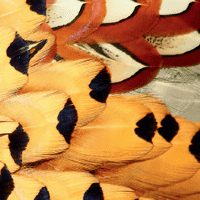Staff salaries
Salary reviews on shoots have reflected trends in the wider economy. So, 17% of shoots did not increase salaries during the year, while 51% increased them by up to 2%. The most common reported agreement was a 2% pay rise, which was awarded on one-third of shoots. The overall average was a 2.5% increase, reflecting a small number of larger pay rises.
We benchmark salaries and benefits for head keepers, beat keepers and single-handed keepers. During the 2016/17 season, the average salary for a beat keeper was £16,600, plus benefits. For 86% of beat keepers, a house was included in their remuneration package.
Beaters and pickers-up pay
The Survey shows that pay for beaters and pickers-up is the fourth largest cost for shoots. Most pay beaters £25-35 per day and pickers-up £30-45. Lunch is often provided, too.
On average, day rates are higher on larger shoots. Day rates tend to increase in £5 increments, and average rates have increased by 18% for beaters and 19% for pickers-up since 2010/11. However, the cost per bird put down has not increased by the same proportion. This suggests less staff are used on the day, or shoot days are larger and/or fewer in number.
The Code of Good Shooting Practice
Compliance with the Code of Good Shooting Practice is the foundation for sustainable game management and helps provide re-assurance for visiting guns that a shoot is run well. It is encouraging that 95% of participating shoots would support a voluntary initiative to promote more widely, compliance with the Code.
.jpg)
.jpg)

